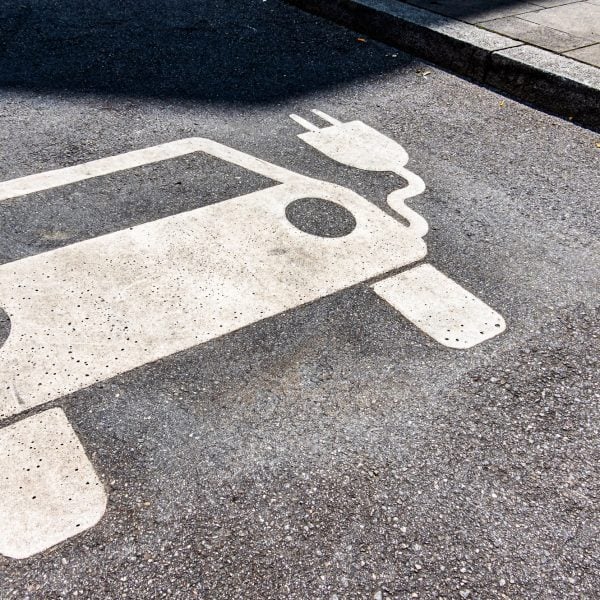- cross-posted to:
- technology@lemmy.ml
- cross-posted to:
- technology@lemmy.ml
The research team has created a supercapacitor – a device that works like a rechargeable battery – using cement, water and carbon black, a fine black powder primarily formed of pure carbon.
The breakthrough could pave the way for energy storage to be embedded into concrete, creating the potential for roads and buildings that charge electric devices.


Problem is, manufacturing cement using conventional processes (quicklime) defeats the entire purpose of going electric. The production of quicklime by “roasting” limestone in high heat produces massive amounts of CO2 both from the reaction itself and from the combustion of fuel needed to produce the necessary amount of heat. There’s not really any way to get around that either.
That being said, seeing as Carbon Black is what’s actually doing all the work of storing electricity and the cement is just a substrate for it, alternative substrate materials could be used.